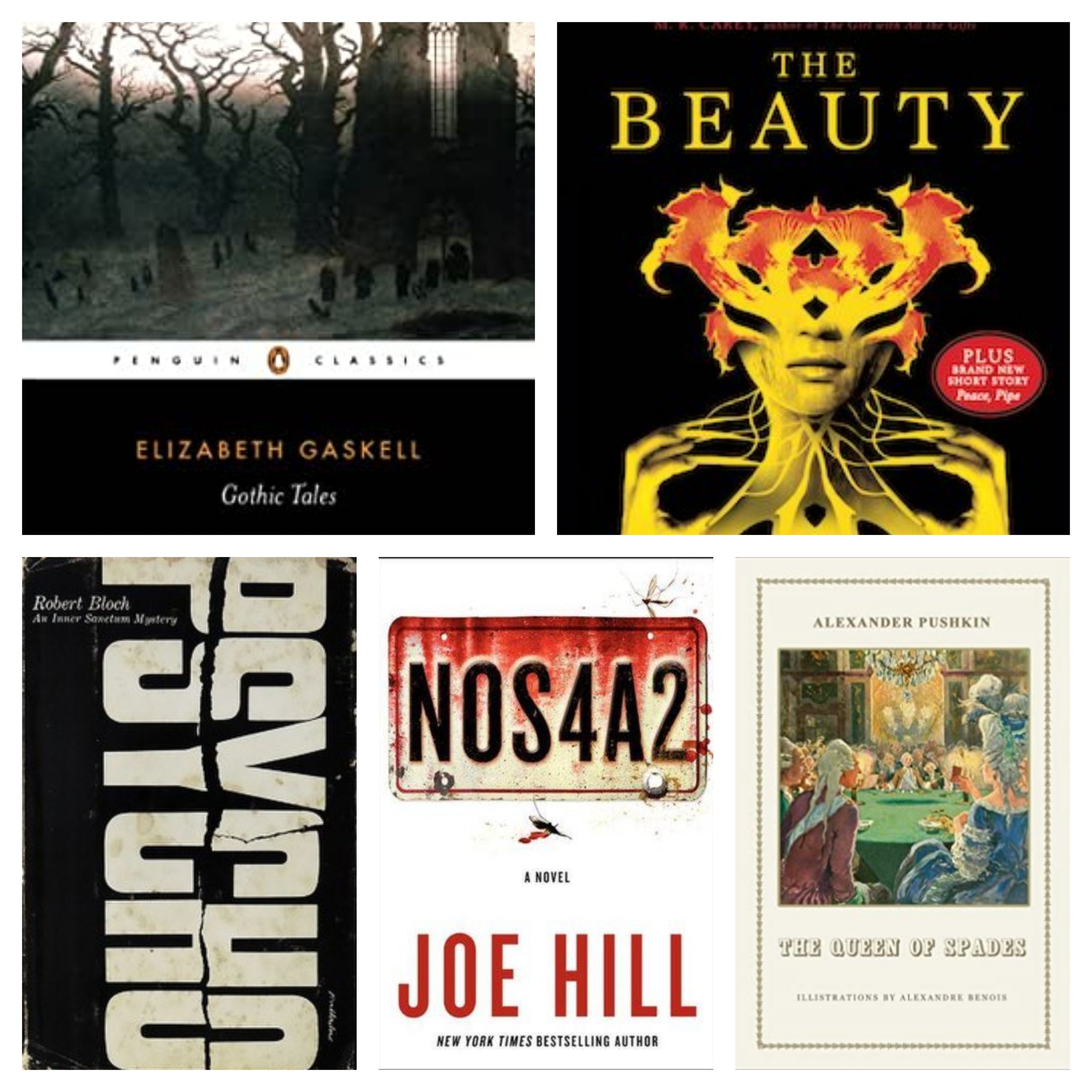Things are gettin’ weeeeiiiirrrd, folks. I thought in this intro, I’d talk a little about the history of weird fiction as I see it (which may indeed be a narrow lens to look through). First, what exactly is weird fiction? Well, it’s fairly self-explanatory actually. Generally pretty strange in tone, often with horror elements and even sci-fi and fantasy but eschewing the more traditional ghost stories and featuring more grotesque otherworldly monsters, weird fiction had a bump in popularity in the late 1800s/early 1900s with writers like William Hope Hodgson, Robert W. Chambers and, ultimately most well-known of all, H. P. Lovecraft. The recurring periodical Weird Tales brought to light and raised awareness of many of these writers and while the genre seemed to wane in popularity by the middle of the 20th century it never entirely went away and has had a resurgence in the last twenty to thirty years. So why am I talking about this now? Well, I realized I’ve referenced weird fiction a few times already and this entry includes The Beauty, a modern captivating weird tale, with more strangeness coming in future entries. So I just thought it was a time for a BASELINE, folks. For those who already knew what weird fiction was, congratulations I just wasted your time! Ha!
Anyway, in addition to the aforementioned fungal fantasia, this time I’ll also be talking about our good friend Norman Bates, a classic story of ghostly revenge from a noted Russian poet/author, a collection of austere and depressing Victorian stories and a whopper of a dark fantasy from the son of the guy who wrote The Tommyknockers.
Also for those just joining me, this is my journey through the following “Best of” Horror lists:
Reedsy Discovery Best Horror Books
Stephen Jones & Kim Newman’s Horror: 100 Best Books
Stephen Jones & Kim Newman Horror: Another 100 Books
If you want to check out my previous entries, they can be found here:
Part 7 | Part 6 |Part 5 | Part 4 | Part 3 | Part 2 | Part 1

The Beauty (Aliya Whiteley, 2014)
List: Reedsy Discovery
What an odd slice of weird fiction this is… Positing a future in which all women have died due to a mysterious fungal-related illness, it focuses on a community of men who have banded together to survive but whose order is upheaved upon discovering a race of woman-like mushroom creatures that have grown from the remains of the dead women. This creates a shift in power dynamic and gender composition that takes the story in some very strange directions. Told like a dark fable with storytelling factoring in heavily into the narrative itself, The Beauty does feel like the kind of bizarre tale one would hear passed on secondhand from one person to the next. It’s both grotesque and fascinating in equal measure and worth checking out. The version of the book I have also contains an additional straight sci-fi novelette called “Peace, Pipe” that also focuses heavily on the power of communication, showing how using the right and wrong communication methods can both start and end wars. The most interesting aspects of this story was in how the narrator breaks down and describes alien methods of communication, particularly with his quarantine mate Pipe. Honestly the fate of the narrator in the wake of the disaster he caused felt a little secondary and not terribly important though.
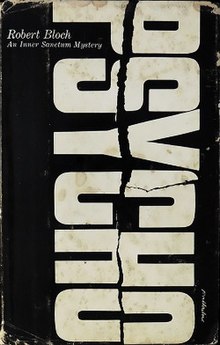
Psycho (Robert Bloch, 1959)
Lists: Jones/Newman and Reedsy Discovery
The most surprising thing about this novel is how faithful Hitchcock was to the source generally. I honestly would’ve expected more deviation but much of what is celebrated in the Hitchcock film is here. Having said that, Hitchcock does tweak it in a couple of key ways that improves the story arc, especially from a cinematic standpoint. In the book Norman is described as a fat, gross 40-year-old which definitely makes him creepier in general. But Hitchcock wisely makes him seemingly normal to make the Marion Crane killing more impactful. The book also has a section at the beginning introducing Norman and his “mother” setting up their derangement which again Hitchcock removes to further increase the impact of what happens with Marion. The second half of the book plays out pretty much the same as the movie including the clunky exposition dump epilogue that people often complain about in the film. The book does delve more into Norman’s headspace and giving more backstory on what happened to his mother, characterizing him as well-read and interested in books on the occult and philosophy texts. Bloch’s style leans toward the sensationalist end of the spectrum which makes sense given his start in the pages of Weird Tales. Overall the book is a solid, brisk read but at this point it’s very difficult to take it on its own merits apart from the famous film adaptation.
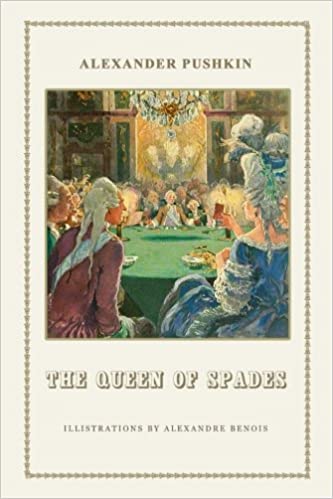
“The Queen of Spades” (Alexander Pushkin, 1834)
List: Jones/Newman
This was a pretty neat story of revenge from beyond the grave about a man who causes the death of a countess through his pursuit of greed and then strikes a deal with the dead spirit to aid him in gambling in exchange for marrying her ward. It’s certainly not terribly scary but it does warrant something of a ‘HA’ moment at the climax when you realized how the revenge has been wrought while also remaining curiously ambiguous in a way. One aspect of this I found interesting was that from what I can tell, this is the only significant jaunt into the supernatural that famous and influence Russian poet and author Alexander Pushkin ever wrote. What was it about this particular tale, quite possibly his most well-known in the western world due to its frequent reprints and appearances in horror anthologies, that Pushkin felt a supernatural layer was required in the telling?
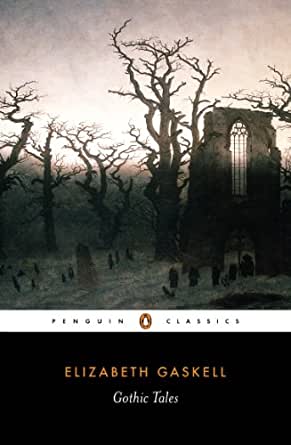
Gothic Tales (Elizabeth Gaskell, 1851-1861)
List: Reedsy Discovery
Elizabeth Gaskell is a Victorian period writer probably best known for her biography of Charlotte Brontë and frankly this collection is a very mixed bag. Right off the bat, I’m not the biggest fan of this writing style with its formal tone and overly flowery prose that dampens the suspense and thrills of the content. While some of the stories are of a supernatural ilk like the creepy cursed doppelgänger of “The Poor Clare” or the ghostly wandering child of “The Old Nurse’s Story”, some of them are just crime dramas of families torn asunder like “The Crooked Branch”, “The Grey Woman”, “Doom of the Griffiths” and “The Squire’s Story” which all play out as more grim and depressing than scary. “Disappearances” is a pretty random series of vignettes describing mysterious missing persons. I’m honestly not sure what the point of that one was. “Curious If True” was an interesting little surrealist stew of folklore that felt really random but also refreshingly different than many of the others. The big centerpiece of the collection is the novella “Lois the Witch”, another incredibly grim story that follows an eighteen-year-old girl who is accused and tried as a witch during the Salem Witch Trials, illustrating quite well the madness of zealotry that plagued the U.S. in the Puritanical era that continues to rear its ugly head even today.
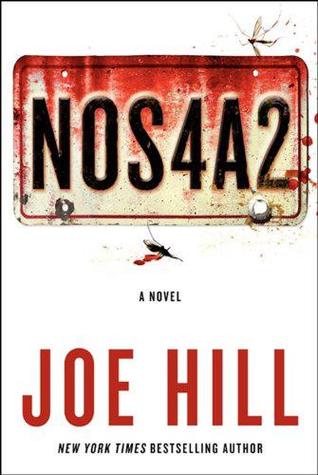
NOS4A2 (Joe Hill, 2013)
Lists: NPR & Reedsy Discovery
This sprawling book primarily involves a mad child kidnapper named Charlie Manx who ferrets kids away to a magically evil place called Christmasland in his 1938 Rolls-Royce Wraith and his decades long battles with the spunky and troubled girl Vic McQueen who has the ability to find “lost things” via a magical bridge on her bike. I actually enjoyed this one quite a bit and found it a significant improvement over Joe Hill’s previous book I read Horns. It very much feels like Hill channelling his dad more than his writing typically does. Everything about this from the parallel worlds to the supernatural objects to even direct references to his father’s works has this one feeling very much like a Stephen King novel. I don’t know if this was intentional or not but for the most part I think it works. While NOS4A2’s main protagonist Vic is fairly unlikable (although I imagine this is somewhat intentional), Hill has populated the book with many lovable supporting characters like the quirky librarian Maggie who has the ability to see prophetic visions in her magic bag of scrabble tiles to Vic’s ex-husband Lou, a friendly biker nerd who is willing to help Vic like a loyal dog. This affection for his characters is another trait that Hill shares with his dad. You can tell Hill really likes these people and wants what’s best for them. It’s not a perfect book with some unwieldy exposition in places and some scenes that feel a little overly predictable or saccharin (also a trait Hill shares with his dad), but despite all that, I thought it was a ride well-worth taking.

